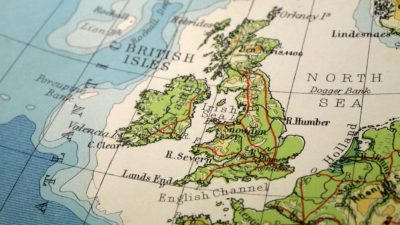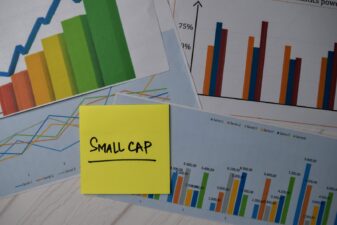If I were talking to the 21-year-old me, I would tell him to invest in high-yielding FTSE stocks starting now. That way, there would be every chance that he/I could retire very comfortably within 30 years or much sooner.
How comfortably would depend on how much he invested a month and on market fluctuations, of course. Nonetheless, from 1984 to 2022, the FTSE 100’s total return (including average yield) was 1,514.92% — 7.48% a year.
Many high-quality stocks in the index pay much higher dividend yields than the 1984-2022 average of 5.3%, though. I own several of them, including Phoenix Group Holdings (10.4% yield), Legal & General (8.6%), and Aviva (7.5%).
There are many others that I would buy if I did not already have holdings in the sector. Most notably these are M&G (9.7% yield), and Glencore (9.6%), including 1.6% in special dividends that might not be repeated).
And why would I tell him to start investing now? Because ‘compounding’, where he reinvests his returns and they earn interest, means that his money will grow at a much greater rate over time than he ever imagined possible.
How much to start investing?
I would tell the 21-year-old me to invest as much as he could afford as early as possible.
Right now, the average UK salary is £26,736 after tax and other deductions. And an often-used method for managing personal finances is the 50/30/20 rule. This splits the distribution of personal income into expenditure across three categories.
‘Needs’ (including groceries and housing costs) should account for 50% of income spent. ‘Wants’ (including restaurant meals and holidays) should comprise 30%, and ‘Savings’ (including investments) should see 20% earmarked for it.
I would use all the ‘Savings’ category for investment in high-quality, high-yield stocks.
So, 20% of £26,736 is around £5,347 a year, or about £446 a month.
From £0 to £1m?
From £0 in the bank, this amount saved every month at an average annual yield of 9% — compounded — could grow to £1m in 31 years.
My younger self would be 52 by that point, so a nice, early and comfortable retirement (hopefully). Or a change of career, or whatever he wanted to do with the broader range of options he had created for himself.
Of course, 31 years of inflation would have eaten into the buying power of the pound. However, £1m is still £1m and not to be ignored.
Over the period as well, yields on individual stocks will go up and down. But adjustments to the stock holdings can be made to attempt to regain the average of 9%. Tax liabilities must also be factored into overall returns, depending on individual circumstances.
Seeing his wealth grow so quickly, he might decide that he does not want as many of his ‘Wants’ as he first thought. If he cut back on those and invested £1,000 a month, then he might have £1m after 23 years instead.








